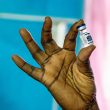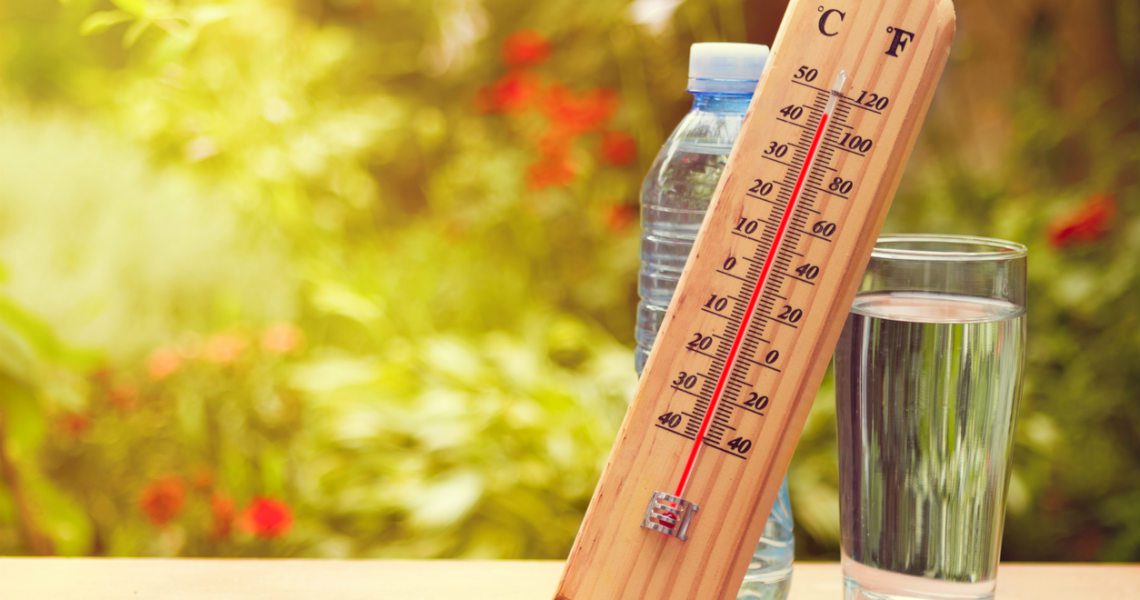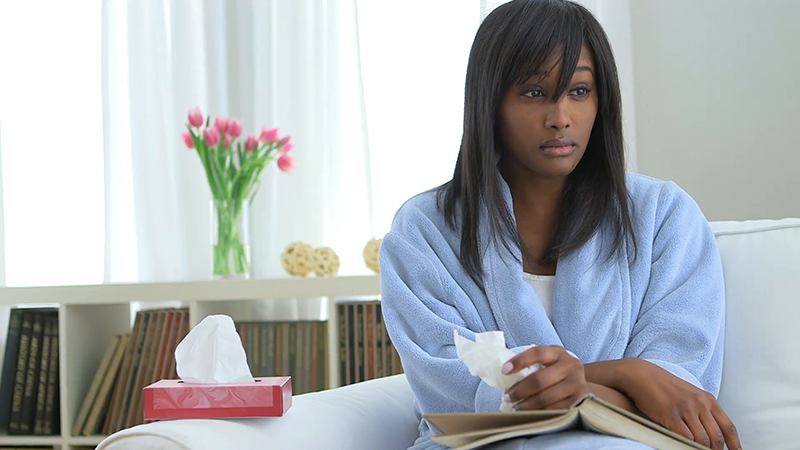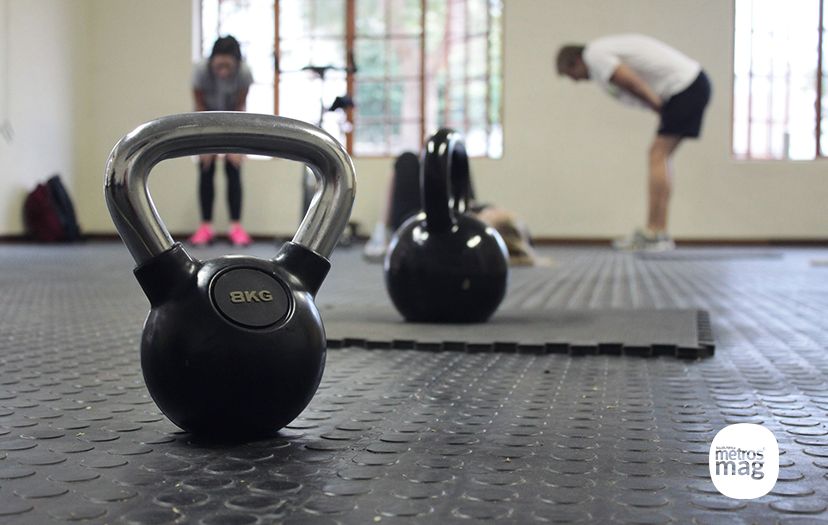While there’s nothing better than just chilling at the beach or pool, it can also get dangerous when you don’t protect yourself from the scotching sun.
A few years ago I had a small skin cancer removed, making me one of the nearly 5 million people treated for skin cancer every year in the United States. While it will never recur, no one wants to hear the word cancer. It’s scary and unsettling. And now I have a history of skin cancer, putting me at increased risk for another one down the road. I wish I had known growing up what I know now about the sun’s harmful rays.
Today, skin cancer is the most common cancer diagnosed in the United States. But there’s a lot you can do to lower your risk. The key is to get serious about protecting yourself from ultraviolet (UV) light, whether from the sun or indoor tanning beds. Working toward a “healthy” glow is many women’s favorite summer pastime, but that glow is actually skin damage. It’s not a sign of health, even if you tan and don’t burn. Just in case you need another reason to be sun smart, too much sun exposure causes premature signs of aging, like wrinkles and age spots. We all have friends and family members with sun damage who are too young to look that old.
As we head into the summer months, I hope you’ll keep your skin’s health — present and future — in mind. Use these seven tips to stay safe in the sun.
- Wear protective clothing. If possible, wear long pants, long-sleeved shirts, and hats. Hats with wide brims not only cover your face, but they also protect other easy-to-forget spots like your ears and your scalp.
- Make sunglasses your favorite accessory. Sunglasses shield your eyes from UV rays that can cause eye problems, like cataracts. Pricey sunglasses don’t guarantee better protection. Look for a pair that says it blocks 99% or 100% of UVB and UVA rays.
- Limit your sun time, especially between 10 a.m. and 4 p.m. That’s when the sun’s rays are at their strongest. Plan your outdoor activities early in the morning or later in the afternoon. You can also find or create shade during those hours. At the park? Sit under a tree. At the beach? Bring a beach umbrella. Just a regular day? Plan indoor lunch breaks or schedule nap times during those hours.
- Use sunscreen and use it right. UV rays can damage your skin in as little as 15 minutes. To protect your skin, put sunscreen on every part of your body that will be exposed to the sun at least 15 minutes before going outside, even if it’s cloudy out. Sunscreen is most effective when used with other sun protection methods, like those mentioned above.When choosing sunscreen, pick one with at least SPF 15 and that offers broad-spectrum protection from both ultraviolet A (UVA) and ultraviolet B (UVB) rays. One coat of sunscreen doesn’t last all day. You need to reapply sunscreen every two hours, and don’t forget to put it on your hands and feet and to reapply after swimming or sweating.
- Say no to tanning. There’s no such thing as a safe tan, whether you’re inside or outside. It’s a myth that indoor tanning is a safer alternative to sun tanning. Tanning beds, tanning booths, and sunlamps expose you to intense UV radiation, which increases your risk of skin cancer and skin damage.
- Give up the vitamin D excuse. Tanning isn’t a safe way to get vitamin D. If you’re concerned about your vitamin D levels, talk to your doctor about the sources that are best for you.
- Get to know your skin. Skin cancer is easier to treat when caught early, so get to know your skin and watch for changes. Look for new skin markings, like moles, bumps, scaly spots, or places where your skin has changed color. Watch moles for changes in size, texture, color, or shape. Take note if a mole has uneven edges, differences in color, or one half that is different than the other. You can also watch for moles, sores, or growths that continue to bleed, won’t heal, or look different from any other growth you may have. Talk to your doctor if you notice any of these changes.
And don’t forget to keep the kids safe in the sun. All of these tips are important for them, including hats and sunglasses. Just as sun damage to our skin starts when we are young, so can safe sun habits.
Why not embrace your natural skin tone this summer? No amount of tanning will ever actually change your skin tone, so try finding new ways to feel good about you. A new lipstick or blouse that compliments your skin can work wonders for brightening up your look. Love your skin this season and all year long by taking steps to protect it, and share this blog post with your friends, family, and coworkers. The battle against skin damage is year-round.








